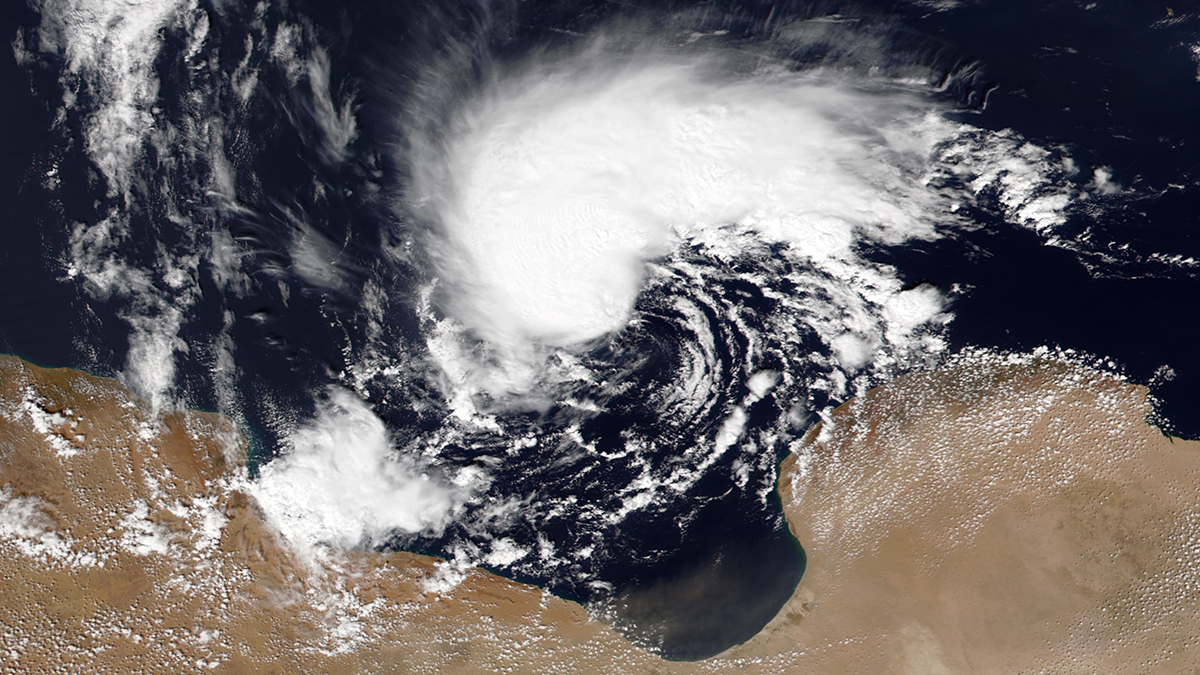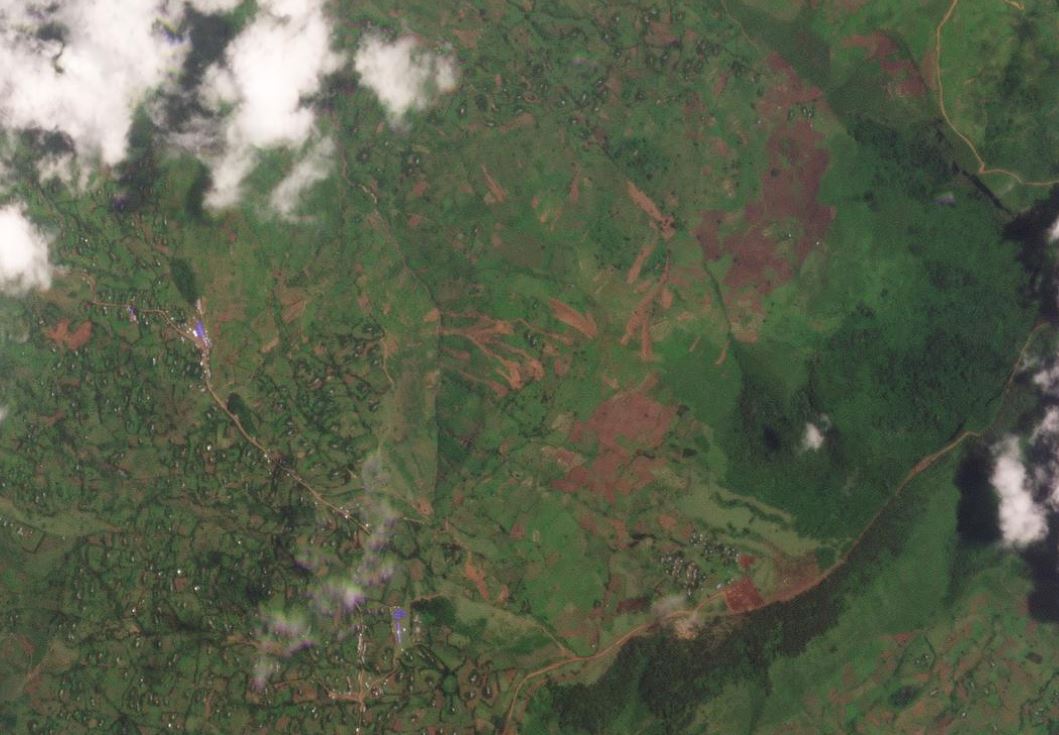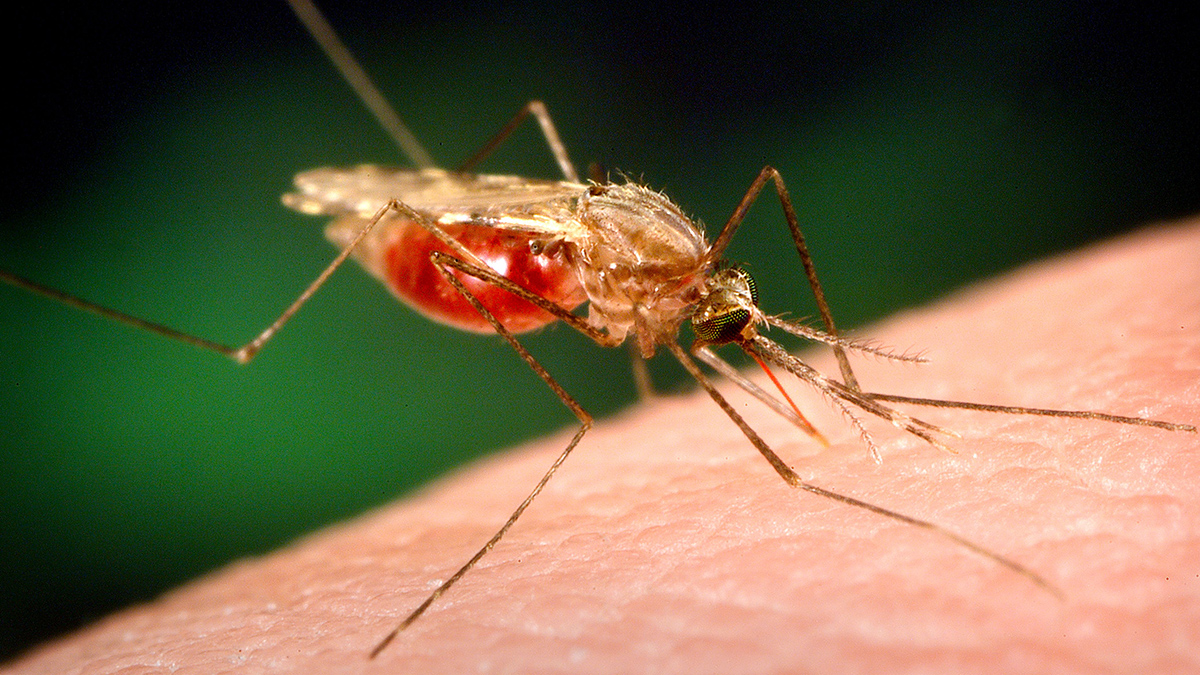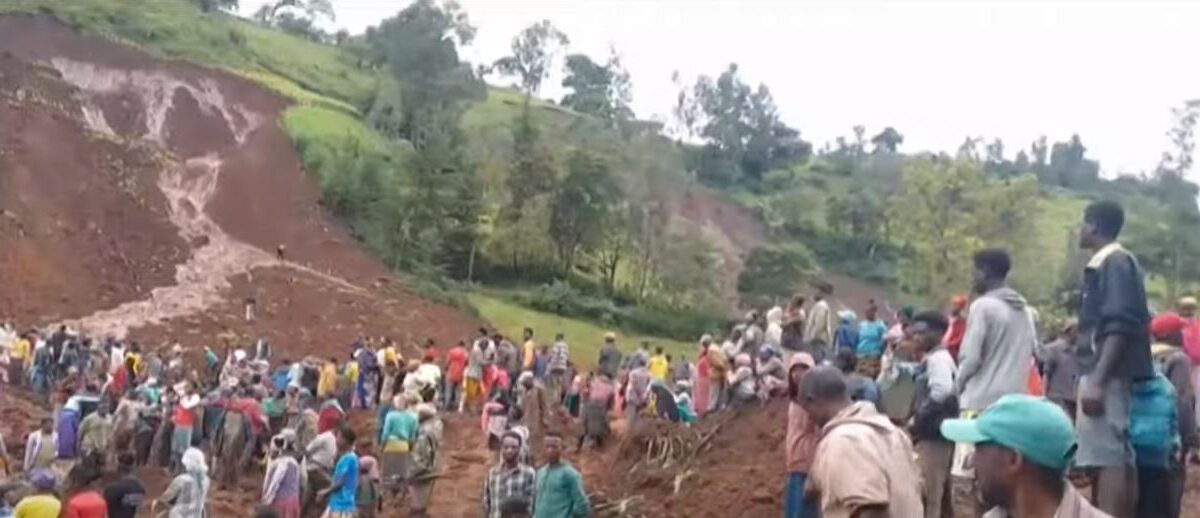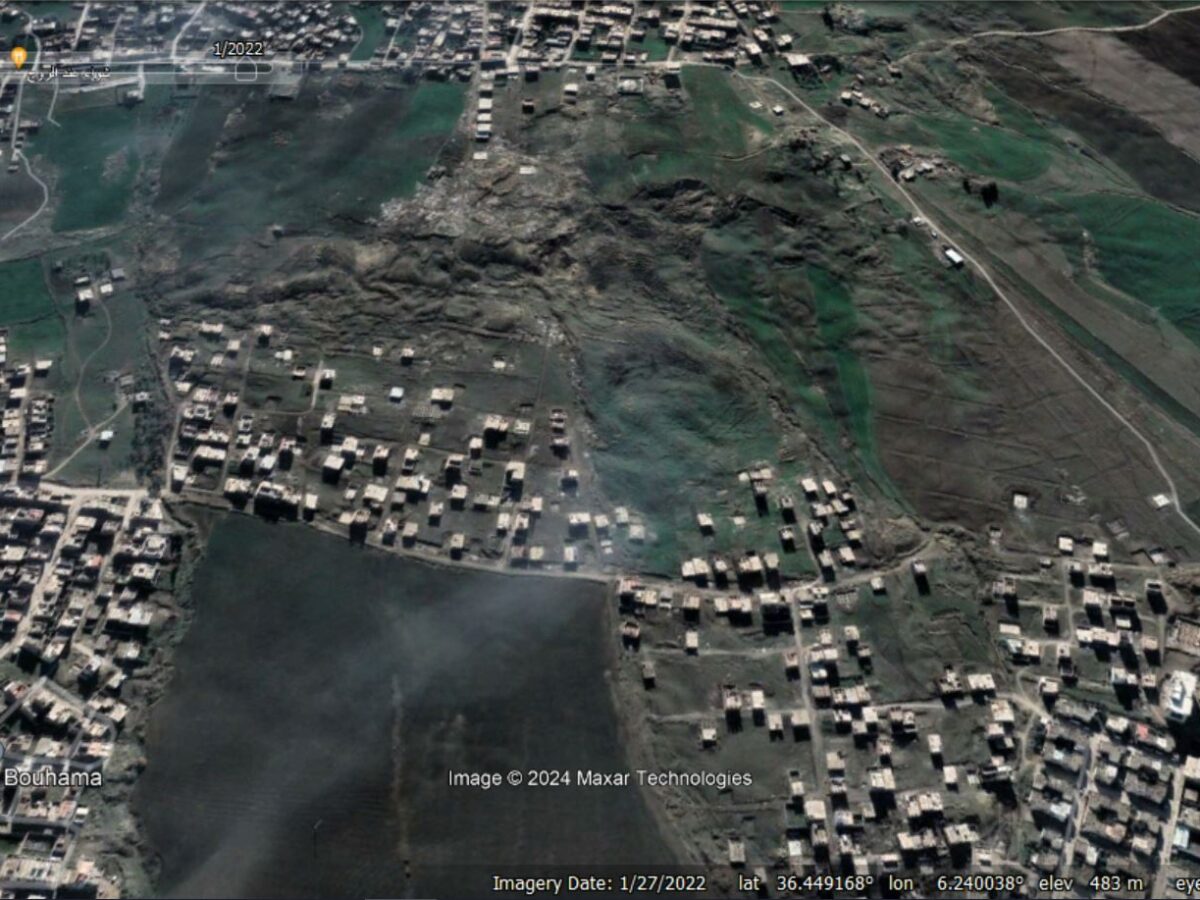Scientific feedback can improve proposals and signal support for large-scale, intensive climate research.
Africa
Torrents of Sediment-Laden Water Worsened Disastrous Libyan Floods
Drought followed by torrential rain can unleash deadly floods in arid regions, like those that affected Libya in 2023.
The 22 July 2024 landslides in the Gofa Zone of Ethiopia
The Landslide Blog is written by Dave Petley, who is widely recognized as a world leader in the study and management of landslides. On 22 July 2024, two landslides occurred in the Gofa Zone of Ethiopia. I blogged about these events at the time, but the true picture was somewhat unclear due to the remote […]
The 9 August 2024 landslide at the Kiteezi garbage dump in Kampala, Uganda
The Landslide Blog is written by Dave Petley, who is widely recognized as a world leader in the study and management of landslides. On 9 August 2024, a significant landslide struck the Kiteezi garbage dump in Kampala, the capital city of Uganda. At the time of writing, the reported loss of life has reached 21 […]
La transmisión de la malaria en África varía con el clima y la hidrología
Los datos sobre las precipitaciones por sí solos no pueden predecir dónde puede aparecer la malaria. Si se tienen en cuenta los procesos hidrológicos, los investigadores pueden hacerse una imagen más precisa de la transmisión.
An update on the horrifying landslides on 22 July 2024 in Gofa Zone, Ethiopia
The Landslide Blog is written by Dave Petley, who is widely recognized as a world leader in the study and management of landslides. The Addis Standard has an update on the dreadful series of landslides that struck Gofa Zone in Ethiopia on 22 July 2024. The latest indication is that 229 people are known to […]
The 22 July 2024 landslide in Gofa Zone, Ethiopia
The Landslide Blog is written by Dave Petley, who is widely recognized as a world leader in the study and management of landslides. In the morning of 22 July 2024, a pair of landslides struck Gofa Zone in Ethiopia. News reports indicate that at least 55 people have been killed, whilst it is thought that […]
The El Kherba landslide in Algeria, reactivated by the 7 August 2020 Mila earthquake
The Landslide Blog is written by Dave Petley, who is widely recognized as a world leader in the study and management of landslides. There is an interesting article (Bourenane and Mezouar 2024) in the Bulletin of Engineering Geology and the Environment about the El Kherba landslide in Algeria, which was reactivated by the 7 August […]
Ancient Crustal Weaknesses Contribute to Modern Earthquakes in West Africa
Researchers dive into the mechanisms and stresses that trigger earthquakes along the passive margin and interior of the continent.
Malaria Transmission in Africa Shifts with the Climate—and Hydrology
Rainfall data alone can’t predict where malaria may pop up. Factoring in hydrological processes helps researchers paint a more nuanced picture of transmission.


